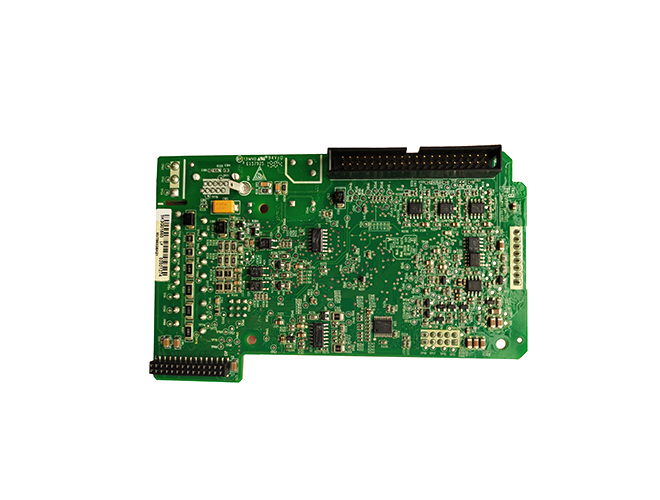-
CN
-
Service Hotline
+8618129931046 Mr. Liao


Time:2025-04-15 Views:1

There are several methods for connecting components in PCBA. One of the most common methods is soldering. Through - hole soldering involves inserting component leads into holes on the PCB and then applying solder to create a mechanical and electrical connection. This method is suitable for components with larger lead diameters and those that require a more robust connection. For example, power resistors and some connectors are often connected using through - hole soldering.
Surface - mount technology (SMT) soldering, on the other hand, has become increasingly popular due to its ability to reduce board size and increase component density. In SMT, components are mounted directly onto the surface of the PCB. Solder paste is first applied to the pads on the PCB, and then the components are placed on top. The board is then passed through a reflow oven, where the solder paste melts and forms a connection between the component and the PCB. SMT is widely used for small - sized components such as resistors, capacitors, and integrated circuits.
Another connection method is wire bonding, which is commonly used in semiconductor packaging. In wire bonding, very fine wires (usually made of gold or aluminum) are used to connect the pads on the semiconductor die to the leads of the package. This method enables high - speed and reliable connections within the semiconductor device. Additionally, in some cases, flexible printed circuits (FPCs) or ribbon cables are used to connect different parts of a PCBA, especially when there is a need for flexibility in the connection, such as in devices with moving parts.